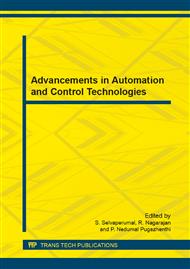p.477
p.483
p.489
p.495
p.501
p.511
p.519
p.523
p.529
A Robust Pedestrian Detection Approach Based on Support Vector Machine Using Convex Hull
Abstract:
The support vector machine (SVM), an assuring new method for the classification, has been widely used in many areas efficiently. However, the online learning issue of SVM is still not addressed satisfactorily since when a new sample arrives to retrain the SVM to adjust the classifier. This may not be feasible for real-time applications due to the expensive computation cost for re-training the SVM. This paper propose an Online SVM classifier algorithm known as OSVM-CH, which is based on the convex hull vertices selection depends on geometrical features of SVM. From the theoretical point of view, the first d+1(d is the dimension of the input samples) selected samples are proved to be vertices of the convex hull. This guarantees that the selected samples in our method keep the greatest amount of information of the convex hull. From the pedestrian detection application point of view, the new algorithm can update the classifier without reducing its classification performance.
Info:
Periodical:
Pages:
501-507
Citation:
Online since:
June 2014
Authors:
Price:
Сopyright:
© 2014 Trans Tech Publications Ltd. All Rights Reserved
Share:
Citation:


